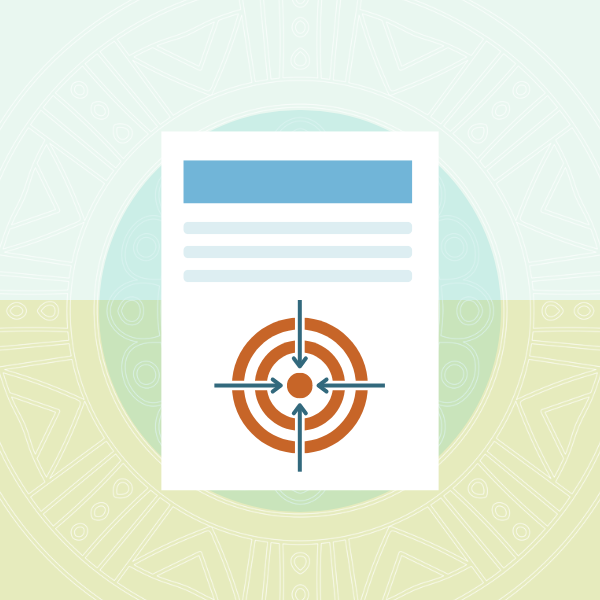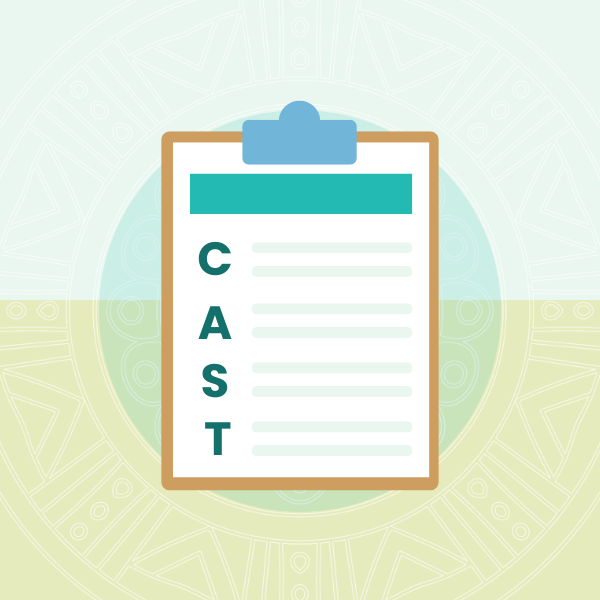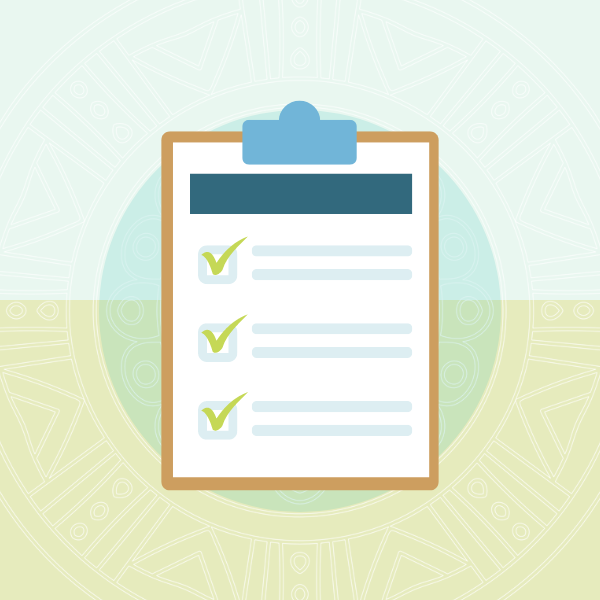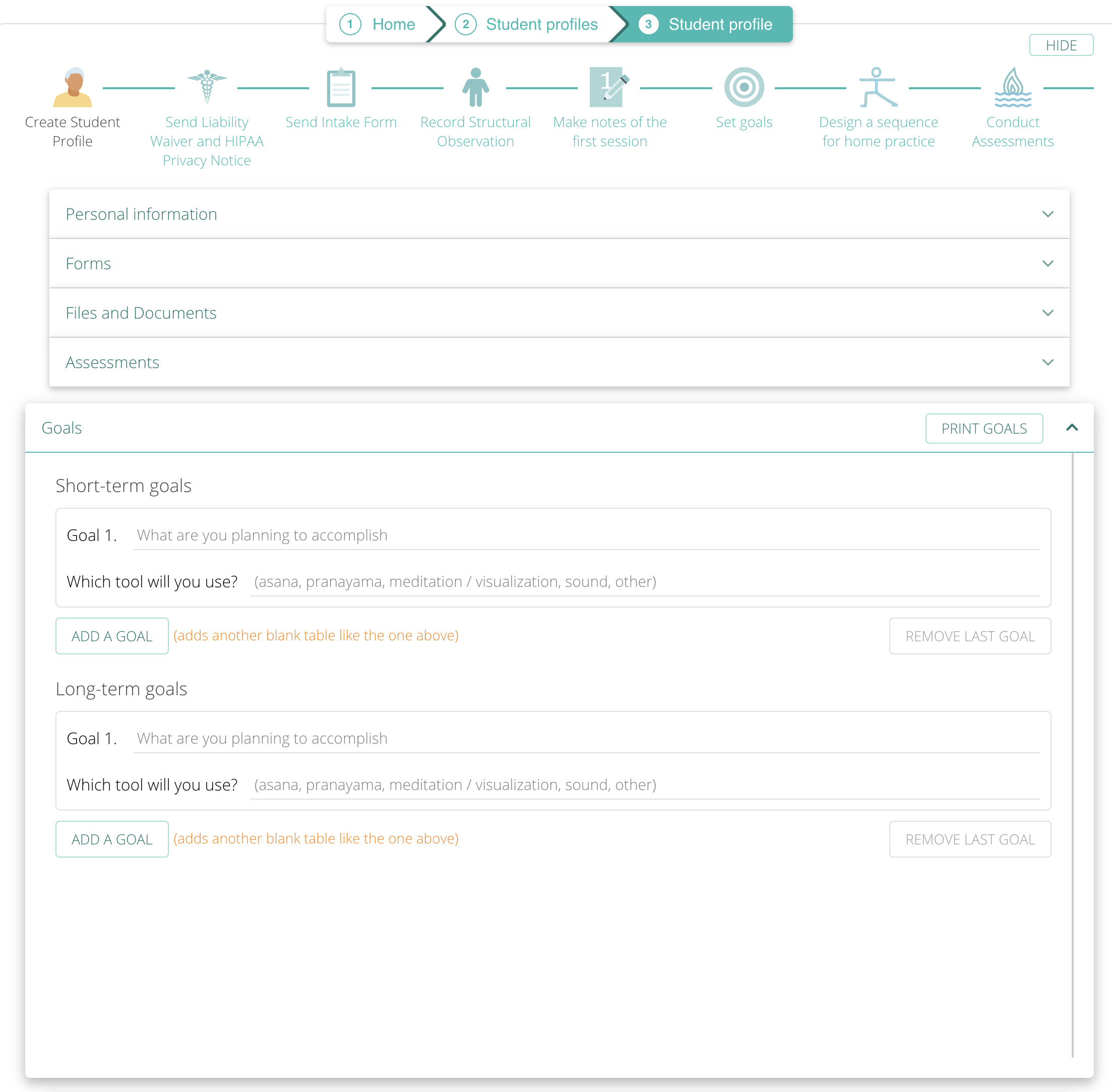This website uses cookies so that we can provide you with the best user experience possible. Cookie information is stored in your browser and performs functions such as recognising you when you return to our website and helping our team to understand which sections of the website you find most interesting and useful.
Goals
In clinical environments, health practitioners are usually required to set goals during the initial evaluation and formulate them in functional, measurable, observable, and action-oriented terms. These goals also must be realistic for the client, appropriate for the practice setting, and achievable in a reasonable amount of time. Goals need to reflect the specific functional outcome that the client hopes to gain.
When we work with yoga students one-on-one, we always begin by identifying each student’s unique needs. The first question we always ask our new yoga students is, “What do you hope to get out of this?” Helping students articulate their desires and goals is essential for yoga teachers and therapists because it defines the direction of their work and choice of strategies, and it’s essential for students because it helps narrow their focus and set their expectations.

In yoga therapy, we deal with both obvious and subtle layers of the human system, and sometimes the goals we set with our students are measurable (e.g., able to walk for 30 minutes without knee pain) or unmeasurable (e.g., improve the connection between breath and movement). Ultimately, goal setting is important because it helps our students (and ourselves) envision what success would look like in practical measurable terms. Success might look very different for different students, even if they initially set the same goals. For example, several students might identify their goal as “I want to feel stronger.” For one student, this means being able to lift her toddler grandson. For another student, it might mean being able to eat common foods without having an immediate digestive reaction. For somebody else, it might mean being able to carry on a 30-minute conversation with her estranged critical sister without an emotional breakdown.
Clarifying goals and getting specific about desirable outcomes allow our students to focus, motivating them and mobilizing their resources (time, energy, attention). When goals are vague and undefined, both the student and teacher end up wandering in the dark without a clear destination in mind. Vague goals make it hard to evaluate progress or have a sense of accomplishment. Students will never be able to reach vague goals, which is why it’s important to formulate goals in measurable, functional terms. For example, “improving breathing capacity” can be redefined as “The student will be able to maintain six-second inhalation and six-second exhalation for 12 breaths without strain.” Or “Improve connection between breath and movement” can be redefined as “The student will perform his 15-minute home yoga practice while synchronizing his breath and movement in each pose.”
Goals usually include a projected time frame within which the goal is expected to be accomplished. Some goals might take two weeks, while others might take six months. For yoga therapists, it makes sense to set time frames for the duration of students’ purchased session packages. For example, if the student purchased a six-session package and is expected to attend private sessions once a week, it makes sense to set goals for six weeks. If the student is committed to continuous, ongoing yoga sessions, you can set six-month goals, then establish monthly benchmarks to measure progress toward the semiannual goals.
CAST goal format
To make it easier to formulate functional goals, we can adapt the COAST goal format used by occupational therapists and turn it into the CAST format for yoga therapists.
C – Client – The client will perform …
A – Action or Accomplishment – What will the client be able to do?
S – Specific conditions – Under what conditions?
T – Timeline – By when?
CAST examples
C–Client will be able to
A–play tennis
S–for 60 minutes without right hip discomfort
T–within six weeks
_
C–Client will be able to
A–go to bed at 10 p.m. and stay asleep for eight hours
S– without nightly awakenings
T–within one month
_
C–Client will
A–develop a 15-minute daily yoga practice routine to manage her anxiety
S–with an emphasis on gratitude
T–within two weeks

Long-term goals (outcome)

Once the student (with the teacher’s help) gains clarity on what they wish to accomplish in functional, measurable, observable, and action-oriented terms, it’s recorded as a long-term goal (LTG), also referred to as an outcome. There can be one or several long-term goals, depending on what the student is dealing with.
It might be challenging to think of goals in measurable terms at first, considering the subtle levels of the human system that we routinely work with. However, if we don’t set those goals, we have no way of knowing whether or not we meet them. Did we accomplish what we set out to accomplish? How close are we? What kind of progress are we making? Those questions are impossible to answer when the goals are vague.
Short-term goals (objectives)

It’s the yoga teacher or yoga therapist’s job to break down the long-term goal into manageable pieces, called short-term goals or objectives. Short-term goals are incremental goals or sub-steps that are met while progressing toward long-term goals. Most goals cannot be accomplished within the space of one yoga practice, which is why we need a step-by-step plan. Short-term goals help us move toward long-term goals, but they also have their own value, as they demonstrate to the student that change is possible and give them a sense of accomplishment and encouragement to move toward bigger goals.
When you sit down to write your short-term goals, ask yourself–what will it take for my client to accomplish what they want to accomplish? What steps will they need to take?
Generally speaking, the client will need to:
1. Identify patterns of thought and behavior that obstruct the healing process
2. Eliminate or modify those patterns
3. Replace those patterns with something that serves them better
4. Establish a habit of a regular home practice containing specific elements that you develop for them.
Here are some examples:
– A student who complains of neck tension following a day of intense computer work will need to assess the ergonomics of her workstation (1), modify her body positioning (2), implement frequent breaks away from the screen into her routine (3), make a habit of doing a simple stretching and breathing routine that increases circulation to her neck and upper back in the middle of her workday (4).
– A student who has trouble falling asleep will need to evaluate her bedtime routine (1), eliminate all stimulating bedtime activities (2), replace them with calming behaviors (3); add a short soothing langhana practice before bedtime and a relaxation exercise in bed (4).
– A student who is trying to deal with anxiety will need to identify the situations that trigger her anxiety (1), work on modifying her responses to those triggers (2), introduce nurturing activities into her daily routine (3), develop a consistent yoga practice that deals with physiological and psycho-emotional aspects of anxiety (4).
Rather than listing specific yogic practices that you plan to explore, it is best to map out the basic sequential steps that, in your experience, will help move your client toward their goals. Ideally, this plan should be created following the initial evaluation, then revised as yoga therapy sessions progress. Mapping out those steps right away will help you set a direction for your work, stay on track, move forward incrementally, and take the guesswork out of every individual session. It’s important to keep in mind that this kind of plan is not rigid; it is meant to be adjusted as you move forward with your yoga sessions.
Setting goals in SequenceWiz
In Sequence Wiz, you can easily set goals to set a direction for your work with your students in Sequence Wiz. You can add as many Short-term and Long-term goals as you like. You can then refer to your goals as often as you like, modify them, and print them if necessary.

Example of goal setting

Long-term goal: The client will be able to go to bed at 10 p.m. and stay asleep for eight hours without nightly awakenings within one month.
Short-term goals:
– The client will make changes to her bedtime routine by avoiding caffeine after 3 p.m., eliminating exposure to electronic screens after 8 p.m. only engaging in low-intensity activities after 8 p.m., and taking a warm shower at 9 p.m. daily prior to the next session.
– The client will get in the habit of practicing her 15-minute yoga routine at 9.30 p.m. within two weeks.
– The client will follow a 10-minute guided relaxation exercise while in bed before falling asleep at night within three weeks.
– The client will follow a 10-minute guided relaxation exercise if she wakes up in the middle of the night within four weeks.
Each set of short-term goals reflects the teacher’s action plan. To meet these objectives, the teacher will take the following steps (the steps would be recorded in SOAP notes for each session):
– Educate the student during the first session on the importance of sleep hygiene (bedtime routine), provide specific suggestions on what activities need to be changed to facilitate better sleep, and begin to design a short movement practice to be done at bedtime.
– Review and refine the bedtime routine during the second session based on the client’s feedback, finalize a short langhana yoga practice routine, and encourage the student to do it daily.
– Discuss and evaluate progress with the prescribed yoga practice during the third session and introduce a 10-minute guided relaxation exercise to be done in bed after the movement practice.
– Evaluate the client’s response during the fourth session in terms of the long-term goal, analyze progress and obstacles, reformulate the long-term goal if it was not achieved, and set a new goal if the goal was achieved.
Your own set of objectives might look completely different based on your training, experience, and teaching preferences. The important part is creating some sort of action plan that organizes your thinking and maps out your path forward.

